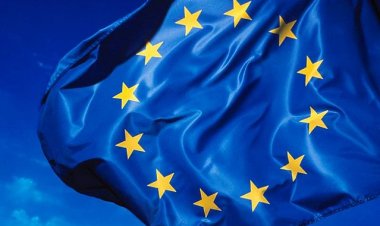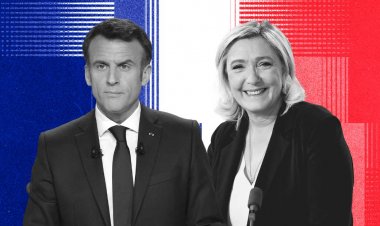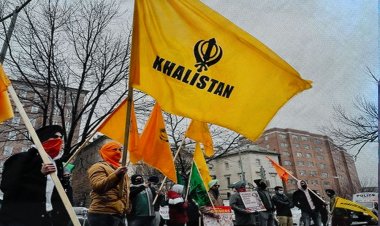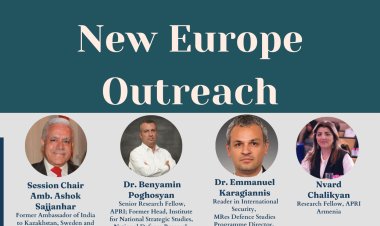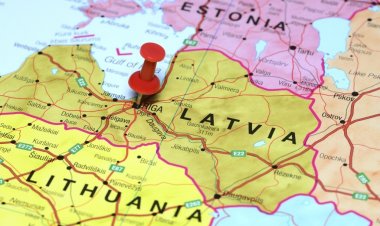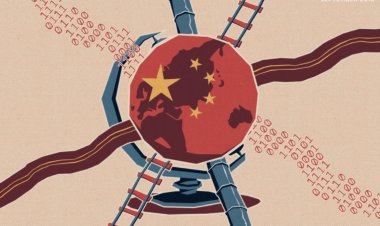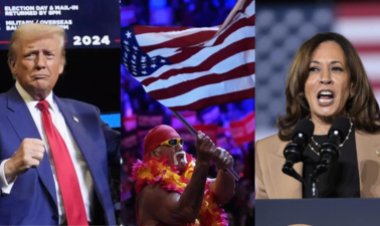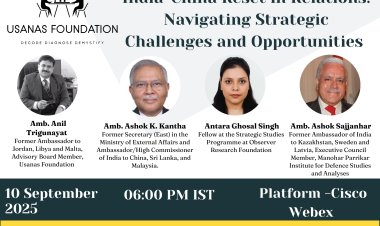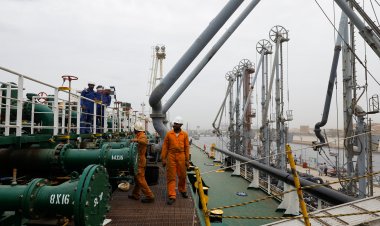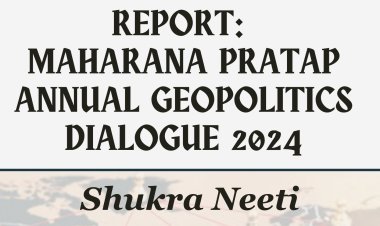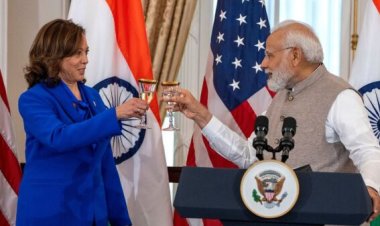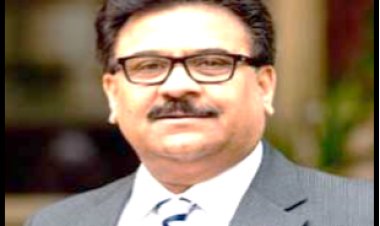Explained: India-EU Summit- Highlights and Significance
The leaders of the world's two largest democracies, India and the EU, met via video conference on 8 May 2021. At the end of the meeting, the leaders adopted a comprehensive joint statement. The following article explains the highlights and significance of this landmark summit.
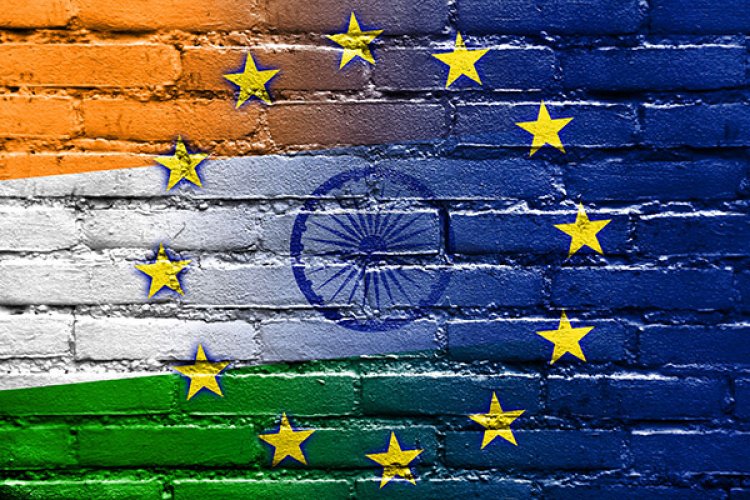
Explainer
By Usanas Editorial Team
Speaking at an exclusive interview with Usanas Foundation, Ambassador Trigunayat observed— “The pandemic creates a point of collaboration between India and the EU.” Indeed, the India-EU leaders meeting held on May 8, 2021, acknowledged the same and reinforced the need for “global cooperation and solidarity” to combat this deadly virus. Although the deadly second wave marred Prime Minister Narendra Modi’s plans to attend the summit in person at Porto, Portugal— it did not derail the growing partnership between India and the EU. The speedy response from the bloc to assist India in mitigating the pandemic has generated much goodwill within the Indian strategic community towards the 27-nation bloc and is decisive proof of the burgeoning partnership between the two.
This summit—in the words of European Commission President Ursula von der Leyen—marked a “landmark moment.” It was the first India-EU summit to be held in the 27+1 format—the only other country to have held talks with the EU in this format is the United States. Past EU-India summits have involved only the Indian prime minister and the EU’s chief executive and chairman. Undoubtedly the highlight of this summit was the decision to resume the long-stalled negotiations for trade and investment deals and the announcement of a ‘Comprehensive Connectivity Partnership’ which involves partnering in joint infrastructure projects in geopolitically significant areas such as the Indo-Pacific, Africa, Central Asia.
Geopolitical significance:
The summit comes at a time when both sides are experiencing significant challenges in their respective bilateral relations with China. India’s relations with Beijing reached a historic low after the Galwan clashes left 20 Indian soldiers martyred and currently are at a standstill as disengagement talks continue. The EU has clearly stated that it now views China as a competitor and has been a vocal critic of its treatment towards the human rights violations in the country—even imposing sanctions in March this year for its treatment of Uighur Muslims in the Xinjiang region. The EU also responded harshly to China’s retaliatory sanctions, with the EU foreign policy chief Josep Borrell describing Beijing’s moves as “regrettable and unacceptable.” The ensuing diplomatic spat has jeopardized the significant investment agreement which was signed between the EU and China in 2020, after seven years of negotiations. Summing up the complex dynamics at play, Ambassador Trigunayat commented, “Let us not forget that the EU, though seems to have supposedly a single foreign policy objective, but major countries have very close relations with China bilaterally…. their objective is to bring China into the global rules-based, accountable world order, which is a far cry, but at the same time they know India is a rules-based actor and hence a natural partner.”
With the EU turning its attention towards the Indo-Pacific region and India’s centrality in the region, both sides have found a common agenda in protecting the rules-based order in the region, threatened by aggressive Chinese moves. Ambassador Trigunayat observes a convergence in the EU Strategy for Cooperation in the Indo-Pacific and India's approach. “Both India and the EU will work together in multinational maritime constructs and areas such as climate change, sustainable development goals and quality infrastructure in which they will also include other countries in the region,” he remarked that the EU has been steadily increasing its significance in the Indo-Pacific which bodes well for India’s ‘inclusive’ narrative for the region.
India-EU FTA:
As of 2020, the EU was India’s third-largest trading partner and second-largest destination for Indian exports. This is emblematic of the trade partnership, which has exploded over the last decade. Trade in goods increased by 72%, and the EU’s share in foreign investment inflows to India more than doubled from 8% to 18% over the same period. Despite these robust trade and investment links, the history of the trajectory towards a Free Trade Agreement is grim. Negotiations for a comprehensive FTA was launched in 2007 but was suspended in 2013 due to a “gap in the level of ambition between the EU and India” as the EU views India’s trade regime and regulatory environment to still be restrictive in nature. Both sides have been languishing over the deal for over seven years and have gone through 15 rounds of talks. In September last year, Indian Finance Minister Nirmala Sitharaman announced the government’s intentions to revive talks, but it was postponed after the Indian government questioned the EU’s unilateral ban on the sale of around 700 pharmaceutical products clinically tested in India.
Although both sides agreed to restart talks, several practical difficulties remain. “India has developed a certain reluctance to the FTA, and that is the reason it opted out of RCEP and is reviewing other FTA’s” Amb. Trigunayat said, but he also pointed out that the growing strategic partnership between India and the EU across various domains indicates the “depth” of bilateral relations, and the FTA is a “real possibility” although not very soon.
India-EU post-pandemic partnership:
“There is a great desire in the EU to get along with India and develop a futuristic and resilient medical supply chain, vaccine, value supply chain….” he said. “We have an India-EU strategic partnership and a roadmap until 2025, and that is going to be very important in determining the course of bilateral relations.”
At the summit, Prime Minister Modi appealed to the EU leaders to support India-South Africa proposed waiver on the application of certain provisions of the TRIPS Agreement for the duration of the pandemic with a view to facilitate wider access to technologies necessary for the production of vaccines and medicines. According to Amb, Trigunayat, EU member countries acknowledged and appreciated India’s ‘Vaccine Maitri’ initiative and other critical assistance provided by India during the early stages of the pandemic. Commenting on French President Emmanuel Macron remark, “India does not need lectures about vaccines supplies”,—the Ambassador said that it is an acknowledgement from France that India provided crucial support when the world needed it and now needs similar assistance and an uninterrupted supply to resources to tackle the situation at home.
Some other highlights from the India-EU Joint statement:
- Building global cooperation to design a robust global health system, with the core focus on future pandemic preparedness and strengthening the World Health Organization.
- Build a new plan for the EU-India Clean Energy and Climate Partnership, support the Paris Agreement. Joint efforts to promote planet protection with green growth was also an agenda of the discussion. The leaders welcomed close cooperation on global digital standards and network security. It was decided that the EU and India will work together on 5G technology and beyond 5G.
- Coordination and cooperation on foreign and security polices, issues of mutual interest, and in particular, the region of the Indo-Pacific. Both sides agreed to work together to promote international security and commit to the comprehensive reform of the United Nations.
- Protecting and promoting human rights and a rules-based order to ensure a safe and democratic world.

